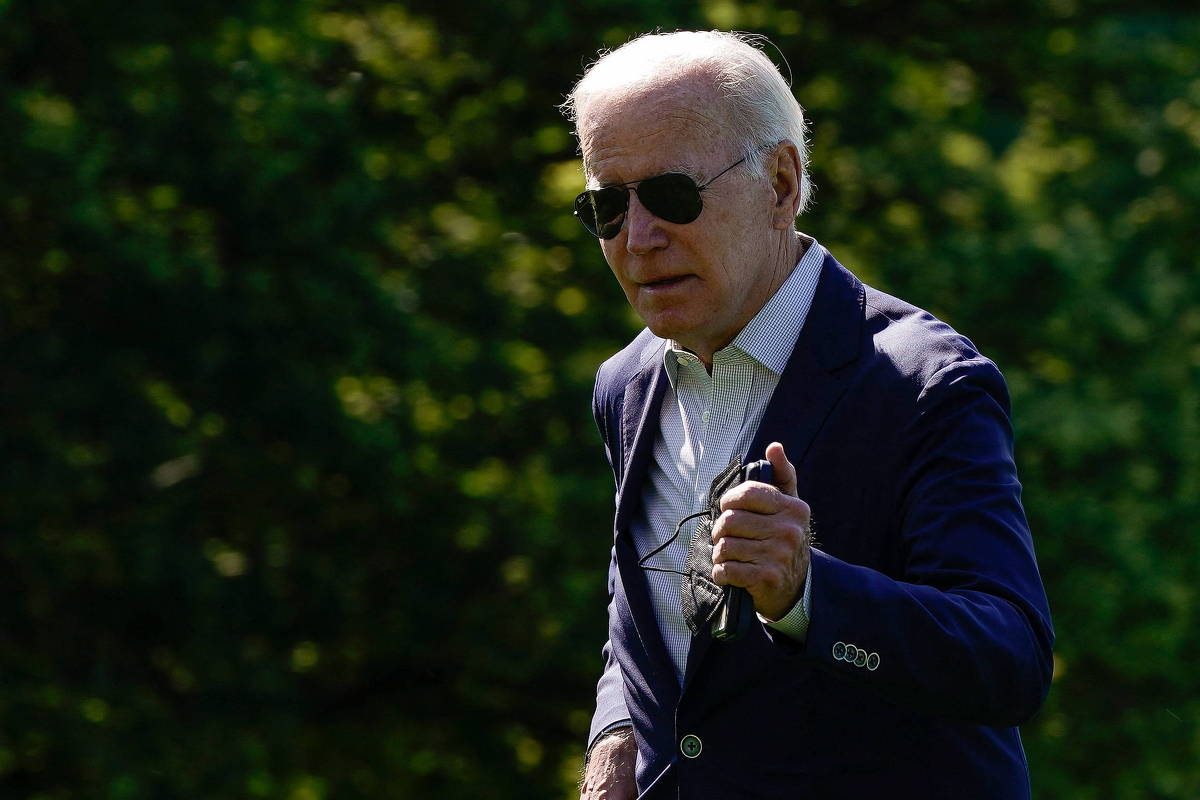The Summit of the Americas, to be held in Los Angeles, will be an important space to strengthen the growth and development agenda of the countries of North America, the Northern Triangle and Latin America as a whole.
There, the countries of the region will be able to present the importance of the US government, and in particular the Congress and its Republican senators, recognizing the social and economic urgency of immigration reform, the impact of remittances on reducing illegal immigration, the need to release $4 billion from the Central America Development Plan and increase the number of temporary workers. visas For the US, the Summit will be a space to promote greater and more effective shared responsibility for migration and strengthen governance and leadership for development, with commitments shared by the countries of the region.
The summit is a political space to promote effective lobbying in Latin America, but Latin American countries need to take a more pragmatic stance. While the US government had some reservations about some countries in the region, President Biden’s administration has recently made some pragmatic decisions. On the one hand, he eased restrictions on travel and remittances to Cuba and meetings with Cuban officials to improve migration management, and on the other hand, he allowed the main US oil company (Chevron) to negotiate possible activities in Venezuela, based on the relevance of reserves country’s oil.
In this context, Latin America’s priority at the summit should be to convince the US government to promote policies that reduce bilateral asymmetries. This will be achieved by reducing social inequality on the basis of the social program: the fight against corruption; investment in the energy sector promoting clean energy with public interest and greater energy self-sufficiency; more incentives for micro, small and medium enterprises in terms of equity and cost; entrepreneurship and social innovation policy for youth; and pushing for migration reform that will affect labor and social integration.
But in addition to the Summit of the Americas, other important initiatives are underway between the United States and the countries of the region, such as the High-Level Economic Dialogue, which articulates economic competitiveness, security, and human mobility. Under the Biden administration, a new security and development agenda was introduced, affecting Mexico’s northern and southern borders, as well as the countries of the Northern Triangle, El Salvador, Guatemala, and Honduras.
This agenda aims to promote solutions to various issues such as security, health, border crossing, migration, development, trade, sustainable energy security and climate change. The objective of this initiative is to jointly manage these proposals for the development of bilateral and regional relations, in which competitiveness, growth and respect for the sovereignty of each country prevail.
The second major milestone along the way was when Presidents Joseph Biden met with Canadian Prime Minister Justin Trudeau and Mexican President Andrés Manuel López Obrador at the North American Leaders Summit on November 18, 2021. a new path in the light of complex global challenges.
There, the Mexican government reaffirmed the importance of migration flows and mobility towards the United States in the context of labor demand in line with labor integration and the expected growth of the US economy. The three presidents underscored the difficulty of the rise in illegal migration in the hemisphere – nearly three million illegal migrants between September 2020 and April 2022 – the largest migration flow in the last 20 years.
All these initiatives represent a space where the countries of the region, and above all the countries of Central America and Mexico, can put pressure on the Biden government to demand better conditions in its relations with the northern power. Emigration from Central America and Mexico will not decrease in the medium term. The wage gap is huge, and the demand for irregular labor in the US will continue to grow due to the growth of the economy in the post-pandemic reactivation.














